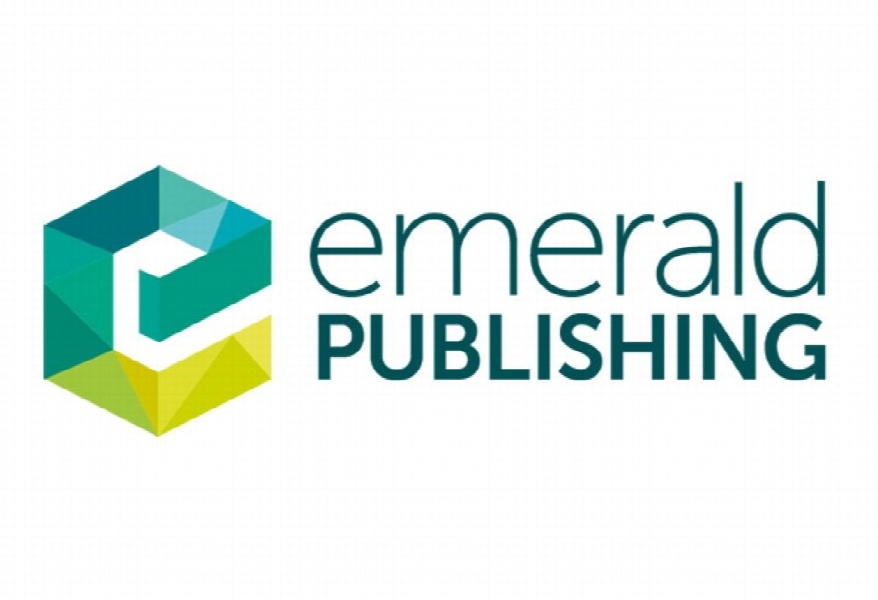مدیریت ریسک زنجیره تامین: شرکت های تولیدی و خدماتی Supply chain risk management: manufacturing- and service-oriented firms
- نوع فایل : کتاب
- زبان : انگلیسی
- ناشر : Emerald
- چاپ و سال / کشور: 2018
توضیحات
رشته های مرتبط مدیریت و مهندسی صنایع
گرایش های مرتبط مدیریت پروژه
مجله مدیریت فناوری تولید – Journal of Manufacturing Technology Management
دانشگاه Graduate School of Economics – Kyoto University – Japan
منتشر شده در نشریه امرالد
کلمات کلیدی مدیریت ریسک، مدیریت زنجیره تامین، ریسک
گرایش های مرتبط مدیریت پروژه
مجله مدیریت فناوری تولید – Journal of Manufacturing Technology Management
دانشگاه Graduate School of Economics – Kyoto University – Japan
منتشر شده در نشریه امرالد
کلمات کلیدی مدیریت ریسک، مدیریت زنجیره تامین، ریسک
Description
1. Introduction Risks can exist in virtually all firms and although the firms in question may be doing everything very well, risks are still evident (Ho et al., 2015). While risks, when they occur, can cause serious problems for firms/their supply chain (SC) (Ellis et al., 2010), sometimes they can actually create opportunities for companies ( Jüttner, 2005). Determining the degree of impact risks will have, is something any firm would like to know. Numerous studies have been carried out to quantify the potential degree of risks. Some researchers have examined the effect each risk has on different outputs (Zsidisin and Ellram, 2003; Kim and Chavas, 2003; Xu et al., 2010; Mitra et al., 2013; Huong Tran et al., 2016), meanwhile others aimed at a wider picture by covering various risks in the SC network (Ho et al., 2015; Wagner and Bode, 2008). Ho et al. (2015) argued that, as multiple risks occur concurrently, they are not independent of each other. In a grave situation, numerous risks occur simultaneously and if there are no appropriate contingency plans, they will engender devastating consequences for firms/their SC. For instance, on March 11, 2011, the Tōhoku earthquake in Miyako (Iwate Prefecture, Japan), which lasted approximately six minutes, and the powerful tsunami waves that followed caused a massive loss of lives and wealth. The economic cost has been estimated at US$235 billion, making it the costliest natural disaster in history. Thus, when considering the relationship between risks and outputs, it is imperative to investigate the impact different risks will have on various dimensions of output (Wagner and Bode, 2008). This, on the one hand, determines the “real” effect risks will have on outputs, while, on the other hand, and more importantly, this approach provides an extensive picture of the relationship between these two concepts. Naldi et al. (2007) stated that risk behaviors depend on the organizational context. Firms have different characteristics, for example manufacturers and service providers (Sengupta et al., 2006), and so the impact risks will have will also vary (Subramaniam et al., 2009; Moses and Savage, 1994). Lovelock and Gummesson (2004) identified the following four commonly-used ubiquitous differences between manufacturers and service providers. These are known as IHIP: (1) inseparability of production and consumption; (2) heterogeneity; (3) inventoriability; and (4) perishability.


